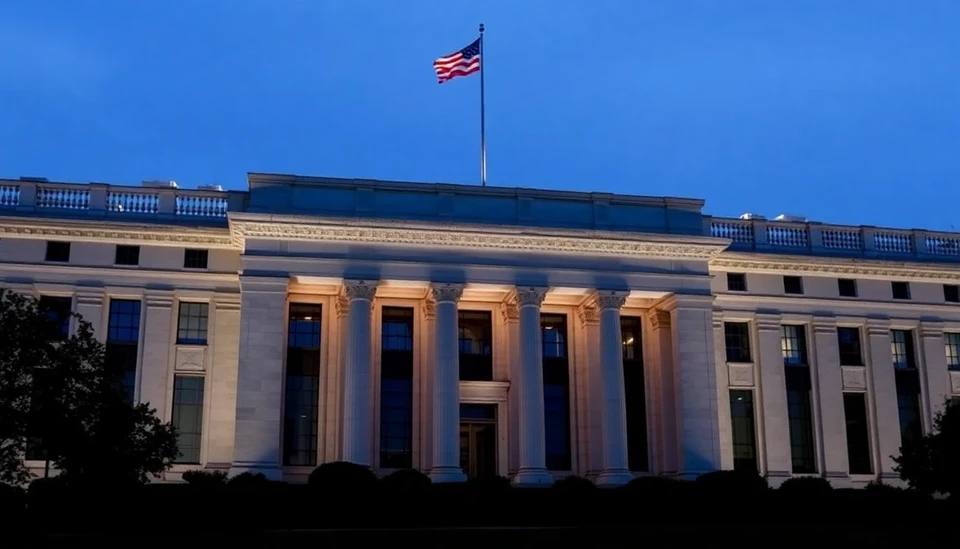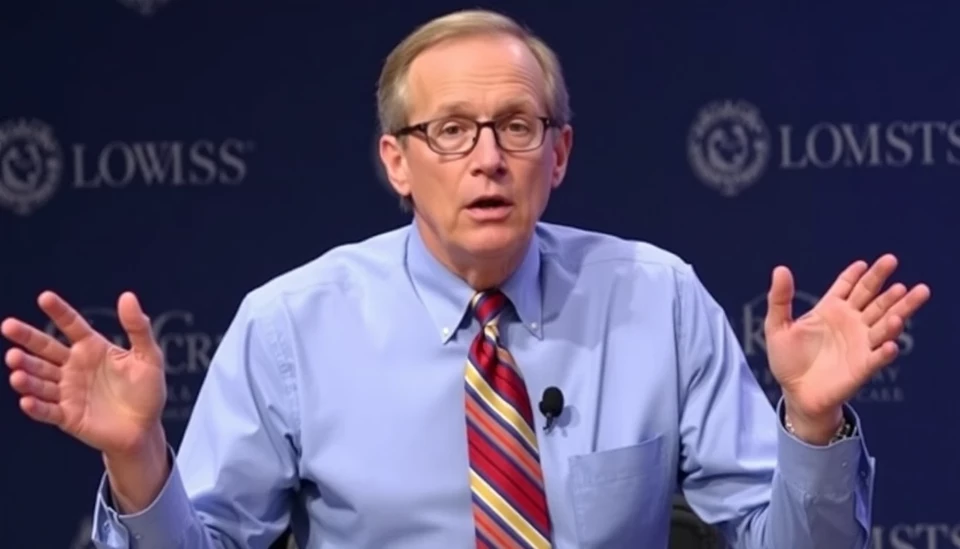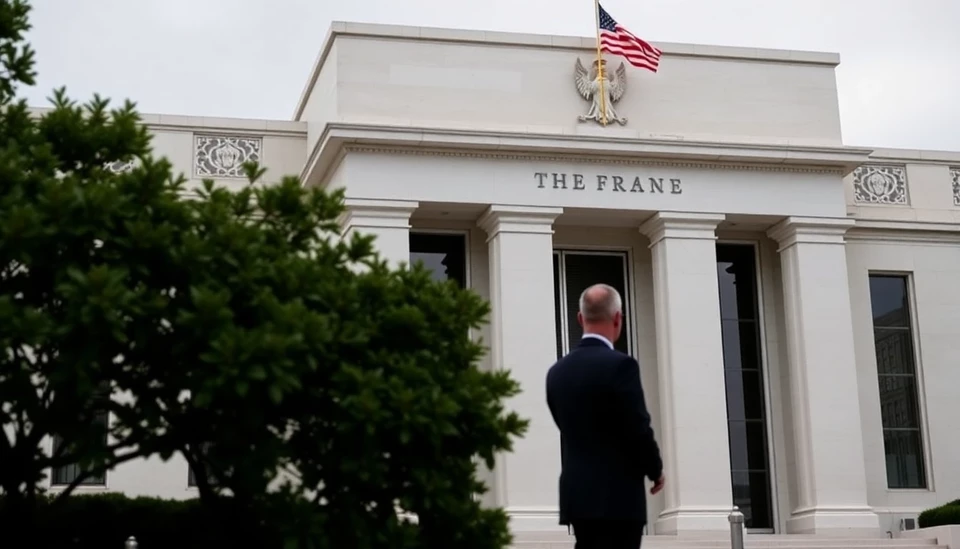
In a climate of heightened economic uncertainty, Bank of America (BofA) is bringing back strategies from its stagflation playbook as the Federal Reserve warns of risks to the macroeconomic outlook. Analysts believe that persistently high inflation combined with slow growth could lead to a challenging environment for stocks, prompting BofA to advise investors on how to navigate these turbulent waters.
The term "stagflation," originally popularized during the 1970s, describes an economy characterized by stagnant growth, high unemployment, and inflation. As central banks grapple with tightening monetary policy to combat inflation, fears of a similar predicament loom on the horizon. The Fed's recent communications signal caution, indicating that interest rates could remain elevated for an extended period, which may strain consumer spending and investment.
BofA’s analysts suggest that investors should brace themselves for volatility in the stock market. They are advising a defensive posture, leaning towards sectors that historically perform well during periods of stagflation, such as consumer staples and healthcare. These sectors are often seen as safer bets as they provide essential goods and services regardless of economic cycles.
Moreover, commodities have surfaced as a favored asset class under these conditions. With inflationary pressures still present, investments in hard assets like gold and agricultural commodities may prove to be prudent choices. Such commodities can offer a hedge against inflation, thus appealing to investors looking to preserve value in their portfolios.
As the situation evolves, BofA is closely monitoring economic indicators and the Fed’s monetary policies for any signs of changing trends. Their analysis emphasizes the importance of remaining vigilant and adaptable, aligning investments with prevailing economic conditions to mitigate risks effectively.
Furthermore, the bank underscores diversification as a key strategy in an uncertain economic landscape. By spreading investments across various asset classes and sectors, investors may reduce their overall risk while positioning themselves to capitalize on potential opportunities that may arise amidst economic fluctuations.
In conclusion, as Bank of America revives its stagflation playbook, investors are urged to prepare for an era of heightened inflation and potential sluggish growth. Emphasizing defensive investments and diversification, the bank aims to equip their clients to navigate the challenges that lie ahead, while taking the necessary steps to safeguard their financial returns.
With economic conditions constantly shifting, the relevance of historical patterns cannot be ignored. The recent pronouncements from the Federal Reserve amplify the necessity for caution, reminding the financial world that while growth has been steady, vigilance remains paramount in times of uncertainty.
#Stagflation #BankOfAmerica #InvestingStrategies #FedPolicy #StockMarket #EconomicRisks #Inflation #Commodities #Diversification
Author: Daniel Foster




